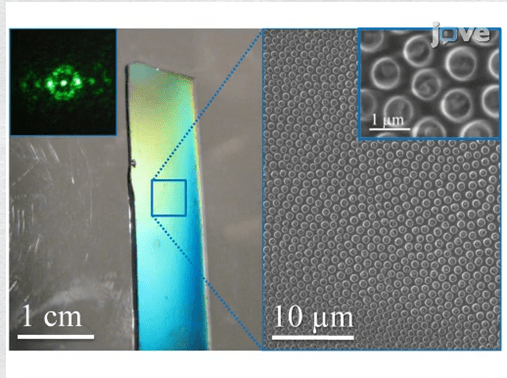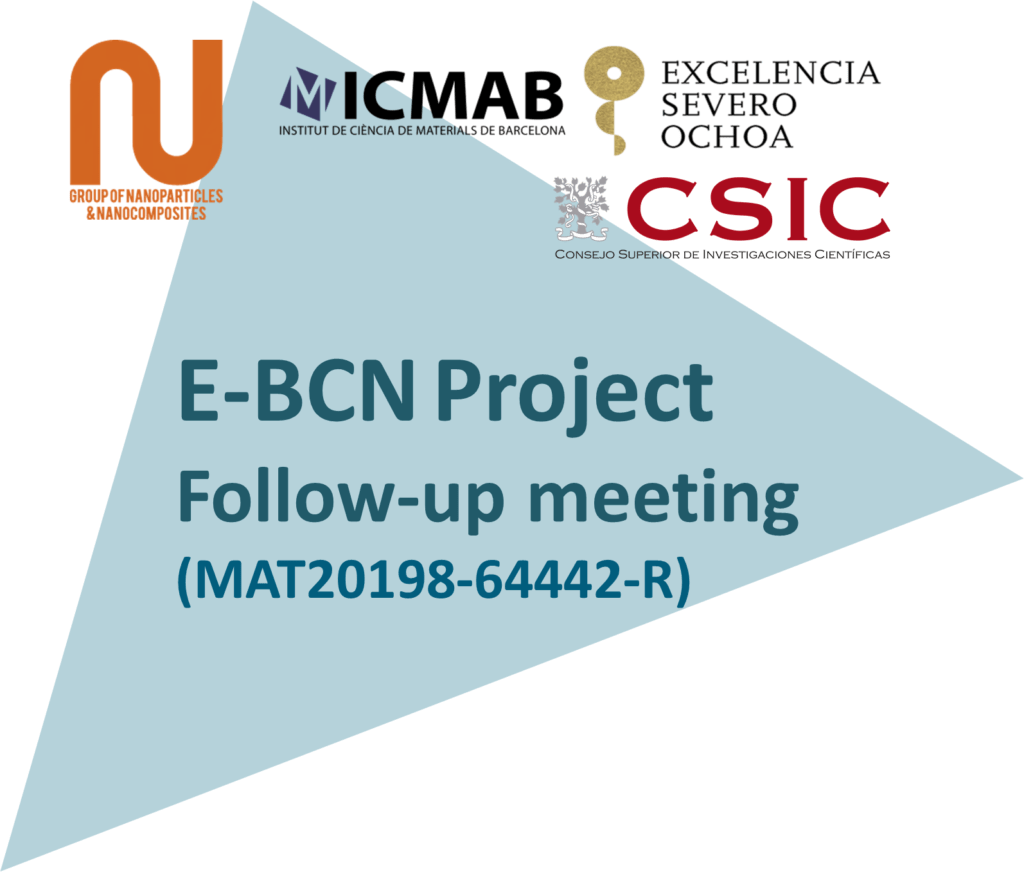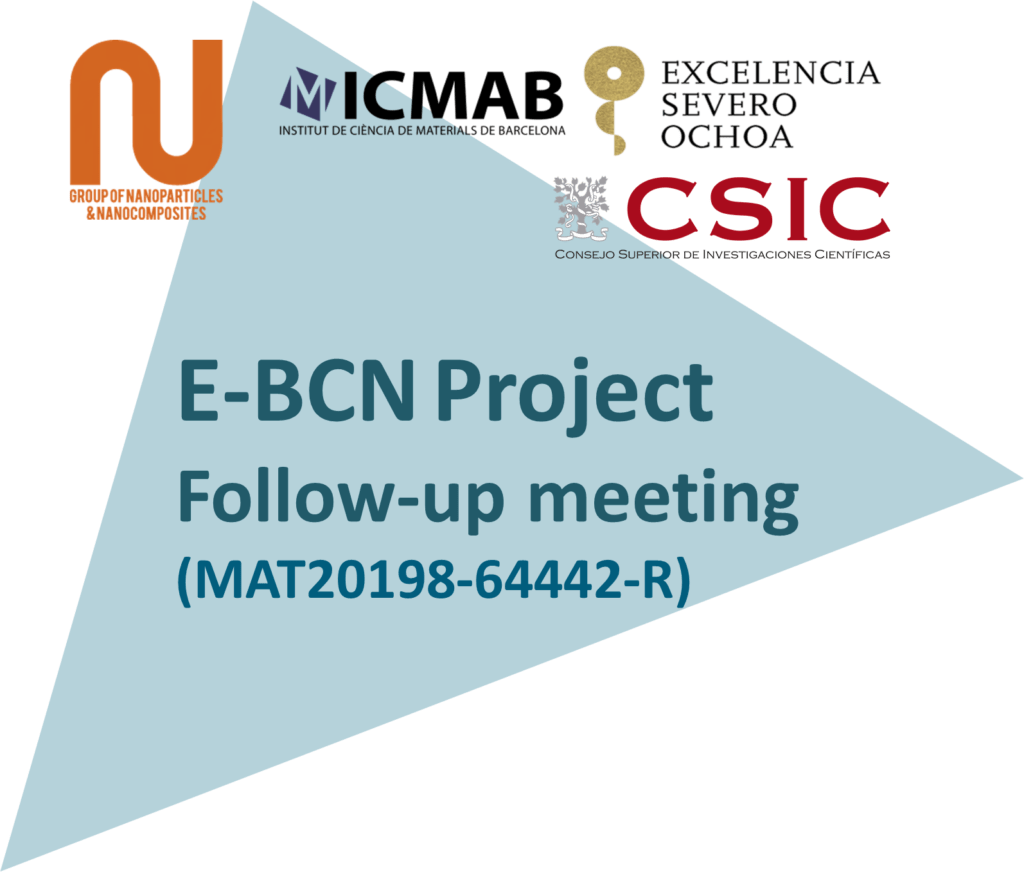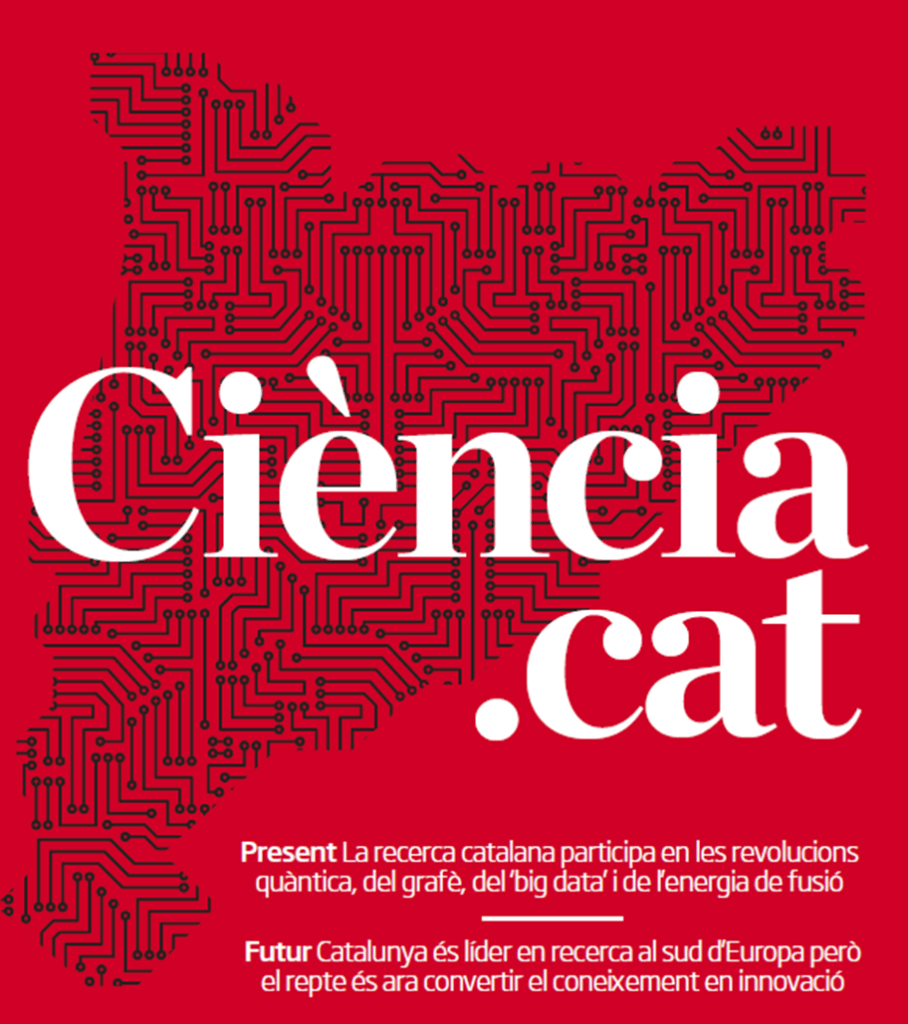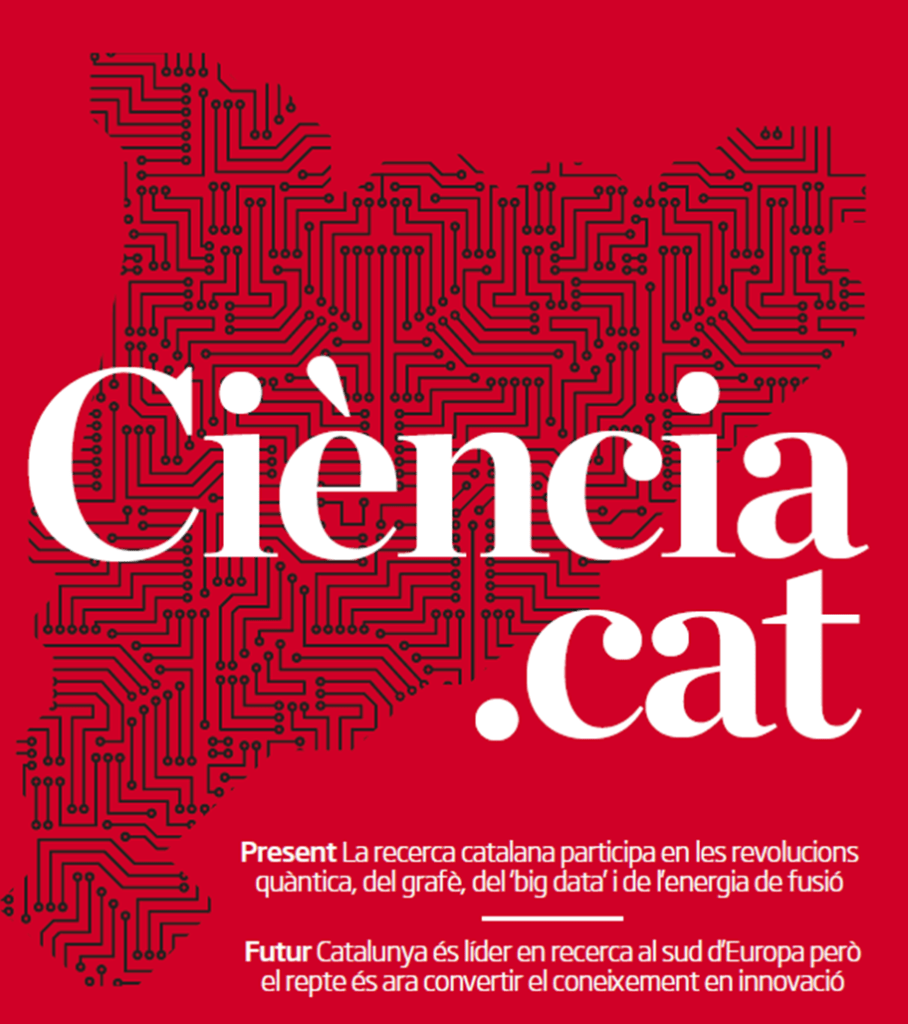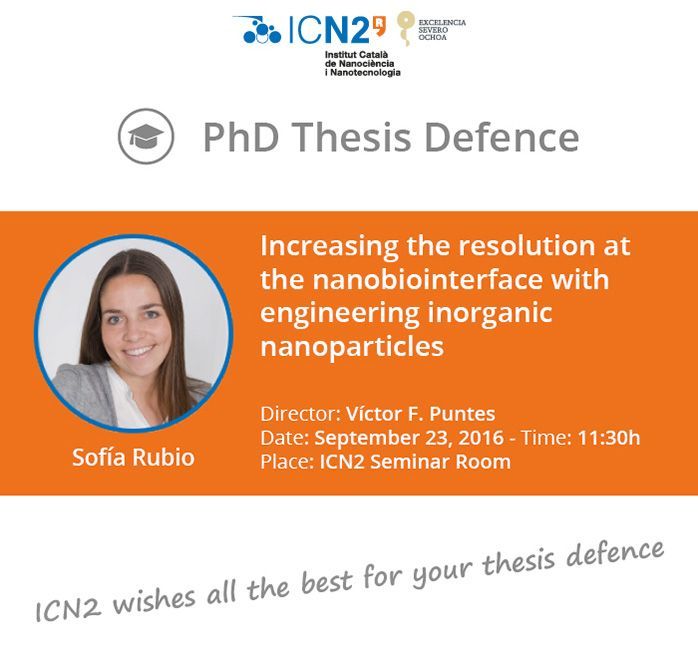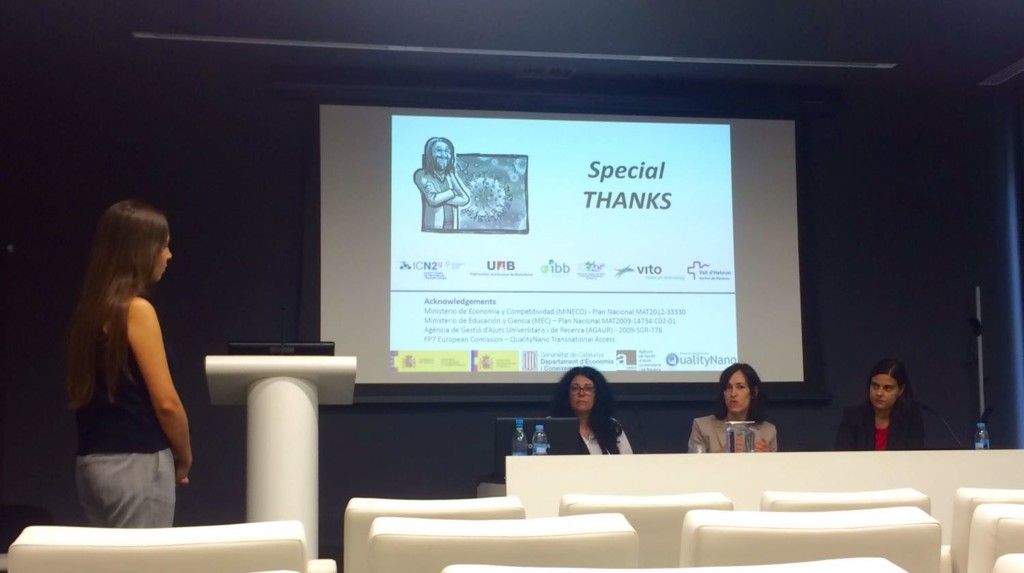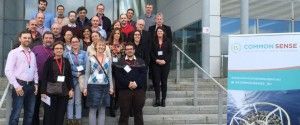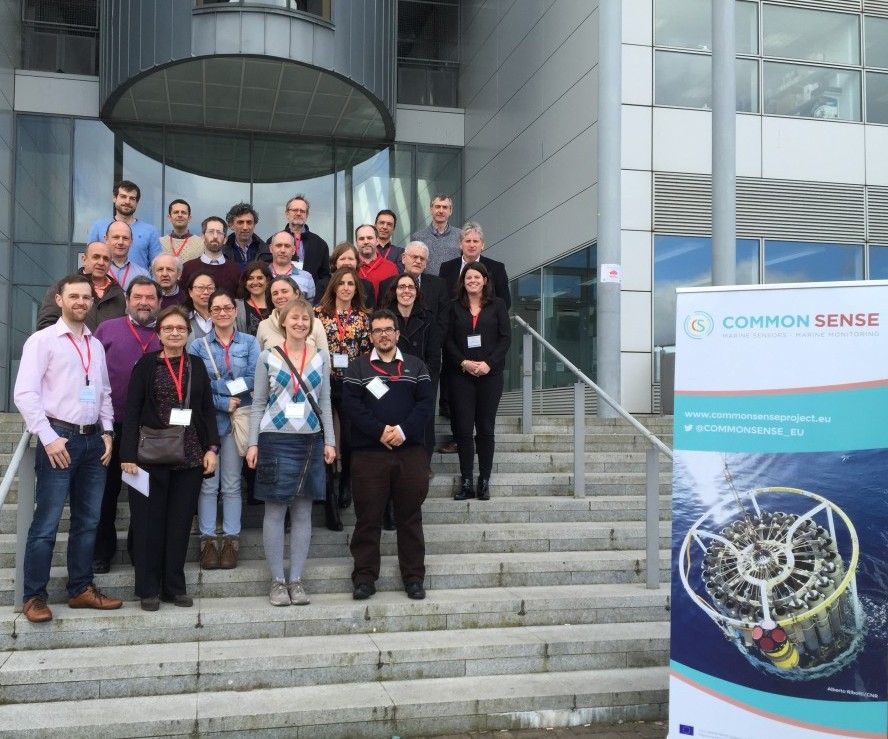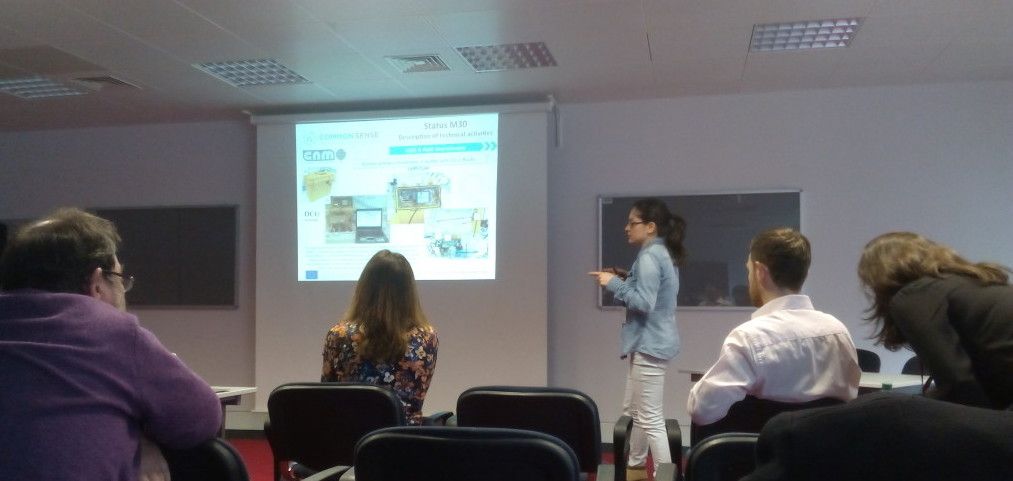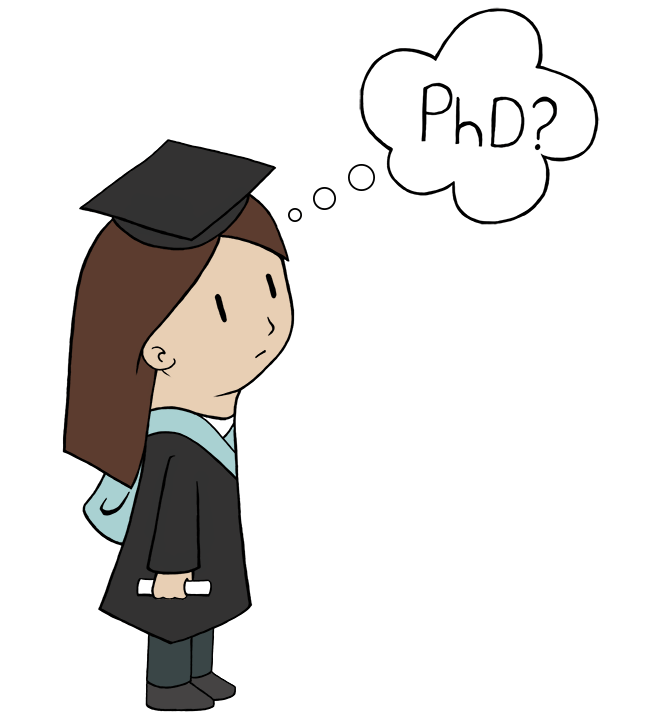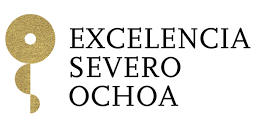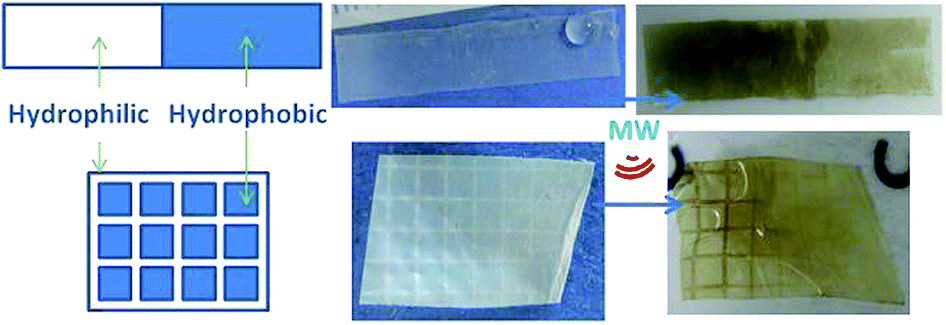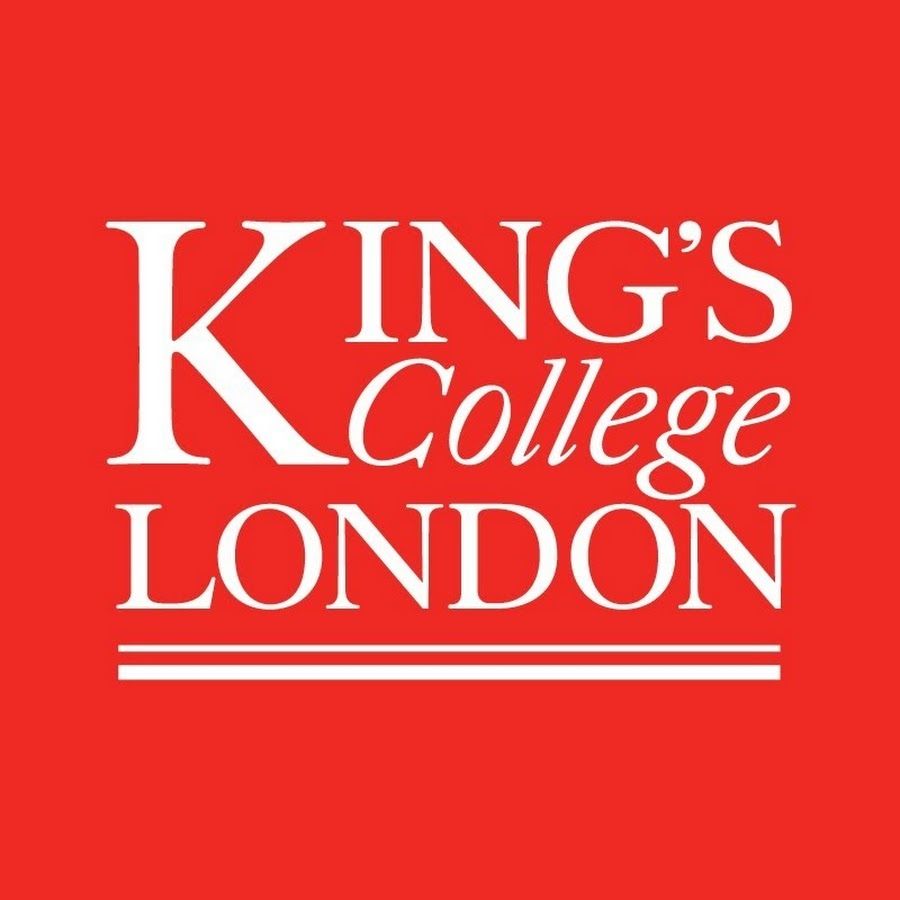Martí Gich and Adrián Carretero on a JoVE scientific video explaining how to prepare mesoporous epitaxial quartz films on silicon substrates
Martí Gich and Adrián Carretero-Genevrier publised a scientific video on the Journal of Visualized Experiments (JoVE), a peer-reviewed scientific video journal, on December 21, 2015. 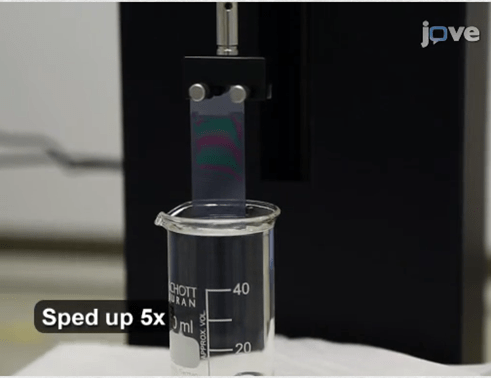
The video, entitled “Preparation of macroporous epitaxial quartz films on silicon by chemical solution deposition” (A Carretero-Genevrier, M Gich, JoVE (Journal of Visualized Experiments), e53543-e53543, 12/21/2015, Issue 106; DOI: 10.3791/53543) presents the protocol for the preparation of piezoelectric macroporous epitaxial films of quartz on silicon by soft chemistry using dip-coating and thermal treatments in air.
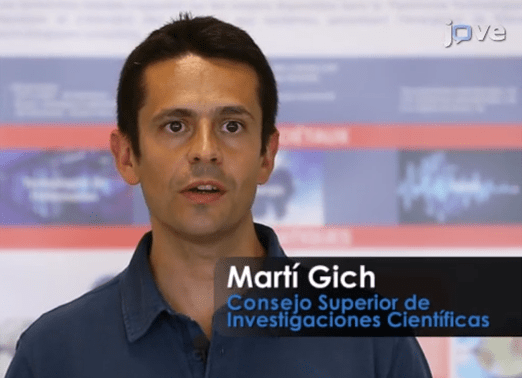
Abstract:
This work describes the detailed protocol for preparing piezoelectric macroporous epitaxial quartz films on silicon(100) substrates. This is a three-step process based on the preparation of a sol in a one-pot synthesis which is followed by the deposition of a gel film on Si(100) substrates by evaporation induced self-assembly using the dip-coating technique and ends with a thermal treatment of the material to induce the gel crystallization and the growth of the quartz film. The formation of a silica gel is based on the reaction of a tetraethyl orthosilicate and water, catalyzed by HCl, in ethanol.
However, the solution contains two additional components that are essential for preparing mesoporous epitaxial quartz films from these silica gels dip-coated on Si. Alkaline earth ions, like Sr2+ act as glass melting agents that facilitate the crystallization of silica and in combination with cetyl trimethylammonium bromide (CTAB) amphiphilic template form a phase separation responsible of the macroporosity of the films. The good matching between the quartz and silicon cell parameters is also essential in the stabilization of quartz over other SiO2 polymorphs and is at the origin of the epitaxial growth.


